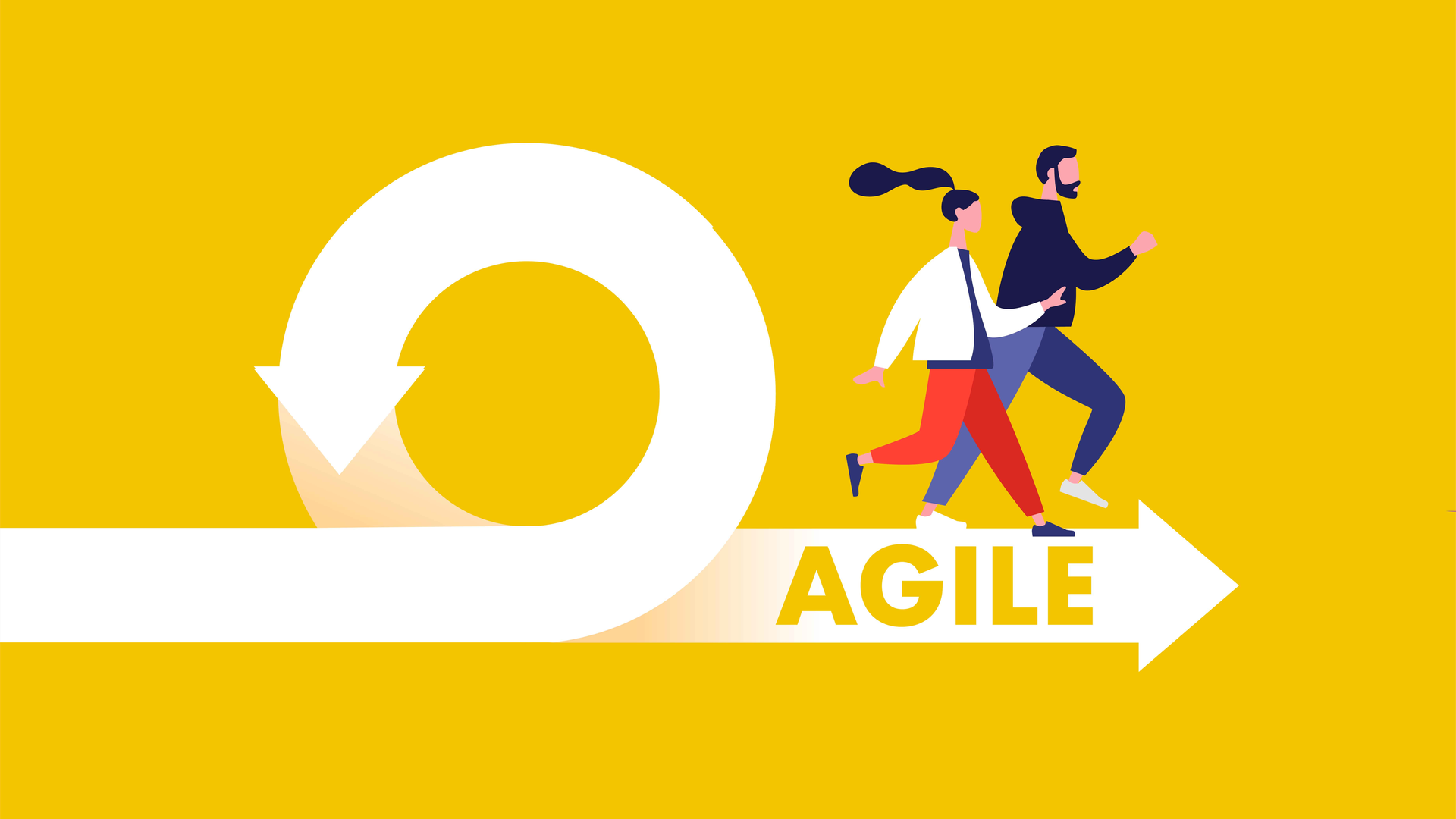Last updated on October 19th, 2022 at 10:13 am
The Agile Testing Methodology is an approach to software testing that follows the principles of the Agile Manifesto. It emphasizes the need for continuous testing throughout the software development process and allows for changes in test plans and test cases as the project evolves. This makes it well-suited for projects with changing requirements, such as those using Agile development methods. The Agile Testing Methodology is not a replacement for traditional software testing methods, but rather should be used in conjunction with them. It is well-suited for use on projects that are using the Agile development methodology but can also be used on projects that are not using Agile.
The Agile testing process involves continuous testing throughout the software development life cycle, which helps to catch defects and problems early on. This can help to improve the overall quality of the software, as well as reduce the amount of time and money spent on fixing bugs later on in the project. There are several different agile methodologies that can be used in order to improve the overall project cycle. One such methodology is called “Test Driven Development” (TDD). In TDD, tests are written before the code itself, in order to help developers think about how the code will be used. This not only helps to ensure that the code is written correctly but also helps to prevent defects from being introduced into the system.
Agile Test Methodologies
1) Scrum: Scrum is a framework for managing agile projects and helps to ensure that all tasks are completed on time and within budget. Scrum teams are typically composed of developers, testers, and product owners. The team works together to complete tasks and meet deadlines, and the product owner is responsible for ensuring that the team is working on the right tasks and that their progress is being tracked.
2) Kanban: Kanban testing is a methodology that uses the Kanban system to optimize the flow of work and manage tasks. Kanban testing can be is a management system that enables you to visualize your work and optimize the flow of work. Kanban is based on the theory of constraints which helps organizations manage bottlenecks and maximize throughput. Kanban is often used in software development, where it can be used to manage the workflow of software development tasks.
3) Crystal Methods: Crystal Methods Agile Testing Methodology is a software development process that helps teams deliver quality software products in a timely and efficient manner. It follows the principle that requirements and solutions evolve through collaboration between self-organizing, cross-functional teams. This methodology is based on the idea that requirements and solutions evolve through collaboration between self-organizing, cross-functional teams.
4) Extreme Programming XP: It is a type of agile development methodology. It is a software development process that encourages frequent releases and feedback from users. XP also emphasizes collaboration and collective ownership, as well as constant communication between developers and clients. One of the key aspects of XP is its focus on testing. XP uses an agile testing methodology, which is a departure from the more traditional waterfall approach to software testing. The agile testing methodology is designed to help teams respond to change quickly and efficiently.
5) Feature-Driven Development (FDD) : The Feature-Driven Development (FDD) Agile Testing Methodology is a software development process that helps teams deliver quality features on time and within budget. FDD is based on the principles of agile software development Feature Sets, which are further divided into individual Features. Each Feature is then described and helps teams manage risk by breaking down projects into manageable features.
No one methodology is perfect for every situation, and it is important to carefully consider your specific needs before selecting the right Agile Methodology. Each of these frameworks has its own strengths and weaknesses, so it is important to choose the one that will work best for your project. With the right tools and guidance, you can successfully implement an Agile Methodology on your next project and see improved results. No matter which Agile Methodology you choose, it is important to always be willing to adapt and change as needed. The key to success with Agile is flexibility and continuous improvement.
Conclusion:
Despite its many benefits, agile methodology is not a silver bullet and will not work for every organization. However, if you are looking to improve the quality and speed of your project cycle, then agile may be the right choice for you. Before making the switch, be sure to consult with an experienced agile coach who can help you make the transition and ensure that your team is set up for success. There is no one “right” way to do Agile. What matters most is that you are flexible and willing to adapt as needed. The key to success with Agile is continuous improvement, so make sure you are always looking for ways to improve your process and get better results.



